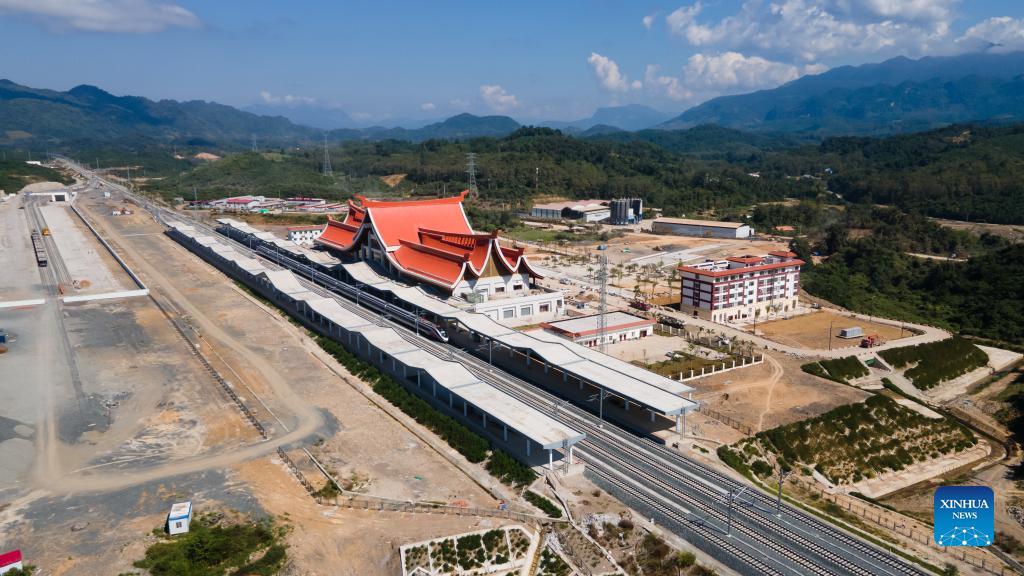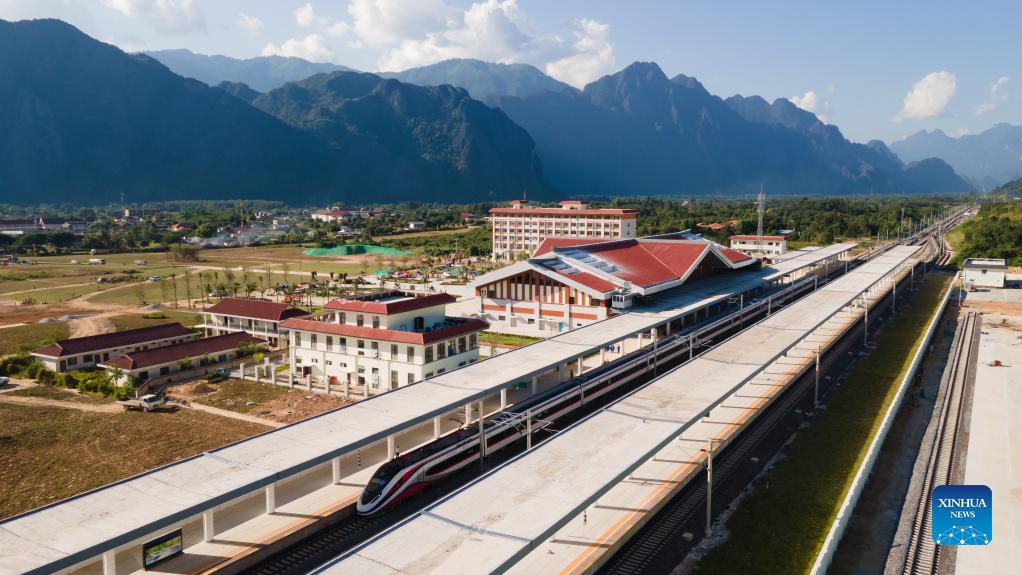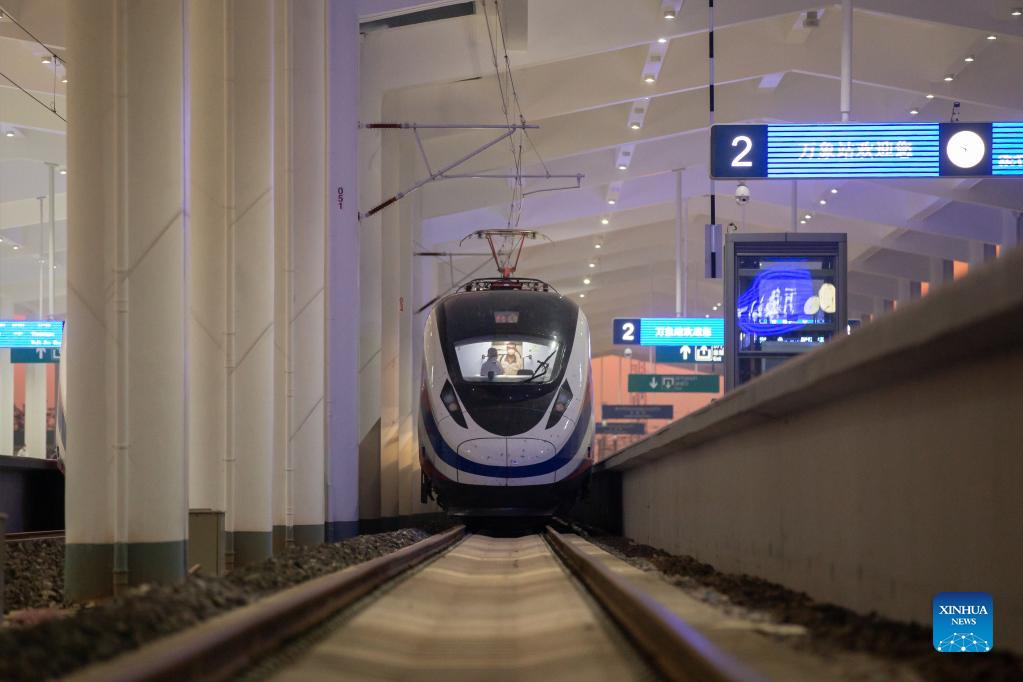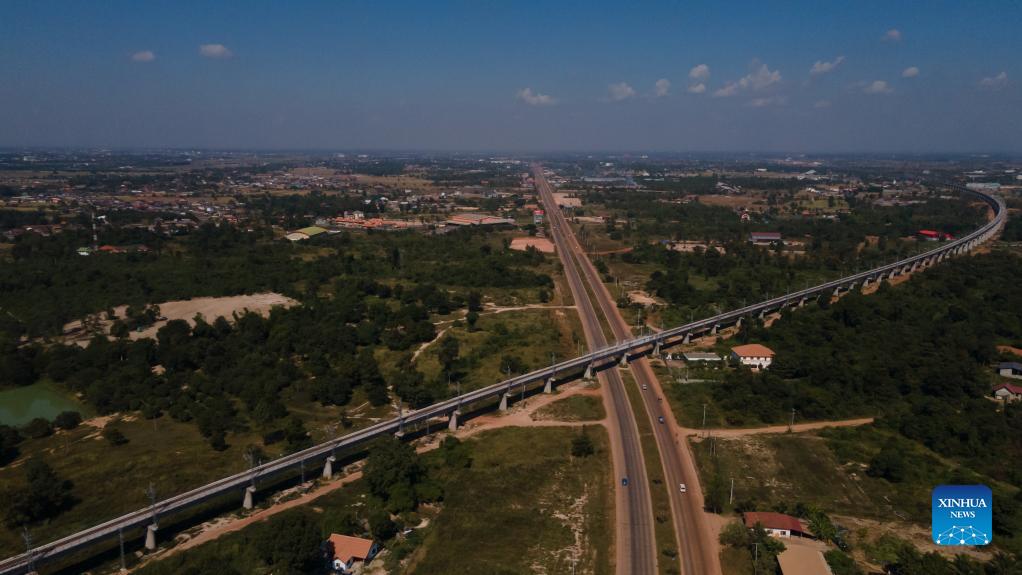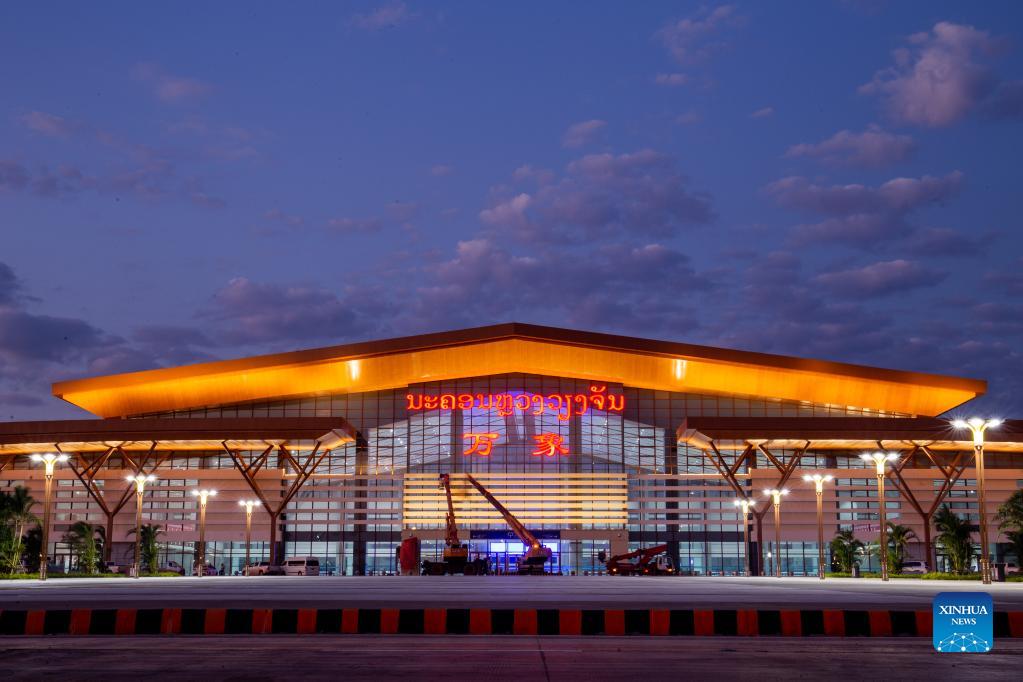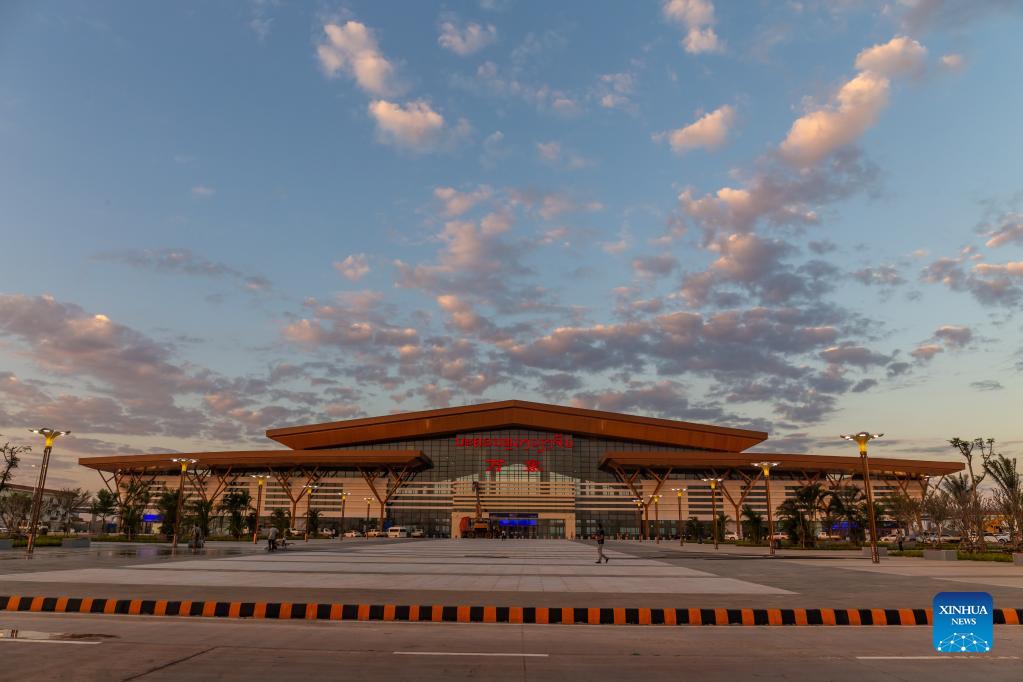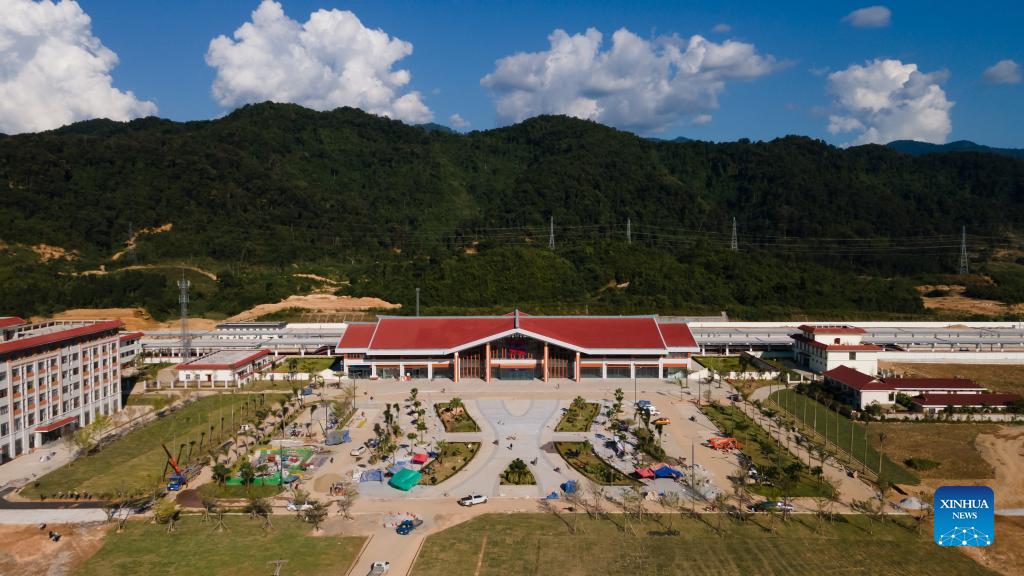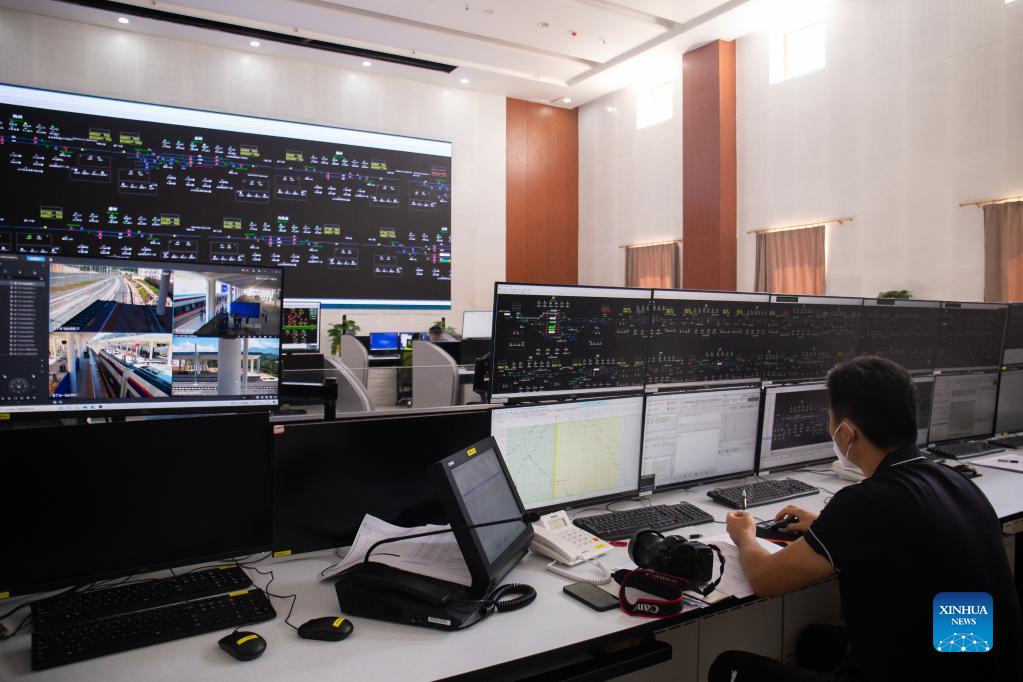
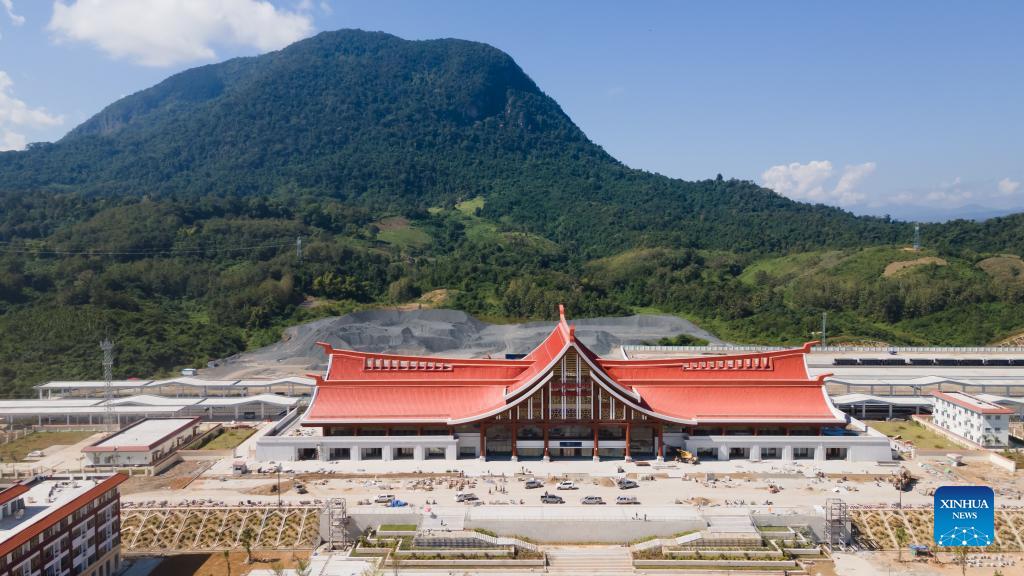
In order to better meet the socio-economic development along the China-Laos Railway and the logistics needs of enterprises, the Laos-China Railway Co., Ltd. (LCRC) has recently held an online promotion meeting for its transportation service.
The LCRC, a joint venture based in Lao capital Vientiane in charge of the operation of the railway's Lao section, told Xinhua on Friday that it hopes the meeting will help local enterprises' development and better act its role in railway logistics services.
Altogether 138 Lao enterprises, including some local joint ventures, participated in the video conference held on Wednesday.
At the meeting, the LCRC introduced the stations in Laos which provide freight services, the type of goods suitable for railway transportation, the price of railway freight and the procedure to order freight services, etc.
At the starting period, the railway's Lao section may only provide container transportation, but will offer 24-hour customs clearance convenience, and will meet domestic transport needs in Laos and cross-border transportation demands.
The China-Laos Railway is a docking project between the China-proposed Belt and Road Initiative and Laos' strategy to convert itself from a landlocked country to a land-linked hub.
The electrified passenger and cargo railway is built with the full application of Chinese management and technical standards. The construction of the project started in December 2016 and is to conclude and open to traffic in the coming December.
